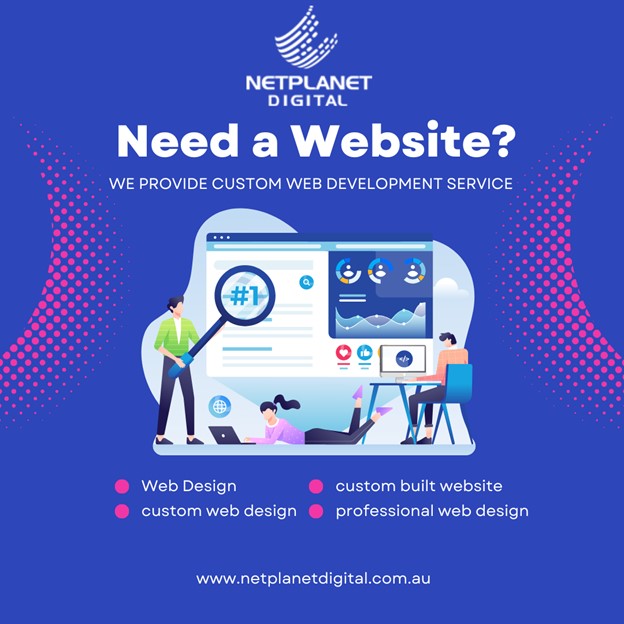In the dynamic landscape of workplace evolution, the ability to gather honest and unfiltered feedback from employees is paramount. Anonymous employee feedback tools serve as the conduits for genuine insights, allowing organizations to uncover valuable perspectives without the fear of repercussions. In this blog, we explore the significance of these tools and how they contribute to fostering a culture of transparency and continuous improvement.
The Silent Power of Anonymity:
1. Fostering Open Communication:
Anonymous feedback tools create a safe space for employees to express their thoughts, concerns, and suggestions without the fear of judgment or backlash. This fosters a culture of open communication, vital for organizational growth.
2. Encouraging Honesty:
When employees can provide feedback anonymously, they are more likely to be honest and forthright. This honesty is a valuable asset for organizations seeking authentic insights into workplace dynamics, leadership effectiveness, and overall employee satisfaction.
3. Uncovering Unspoken Issues:
Anonymous feedback tools act as detectors for unspoken issues that might not surface in regular discussions. Employees may feel more comfortable raising concerns related to work culture, discrimination, or management practices when shielded by anonymity.
Features of Effective Anonymous Feedback Tools:
1. User-Friendly Interface:
A tool’s success lies in its simplicity. An intuitive and user-friendly interface ensures that employees can easily navigate the platform and submit their feedback without complications.
2. Customizable Survey Options:
Organizations should have the flexibility to create customized surveys tailored to their specific needs. This ensures that feedback aligns with organizational goals and addresses targeted areas of improvement.
3. Real-Time Feedback and Reporting:
The ability to collect and report feedback in real-time is crucial for addressing issues promptly. Anonymous feedback tools should provide instant insights, enabling timely responses to emerging trends or concerns.
4. Anonymous Two-Way Communication:
Effective tools allow for a two-way communication channel, enabling employees to ask questions or seek clarification on organizational changes or policies while remaining anonymous.
5. Security and Privacy Measures:
Robust security measures must be in place to protect the anonymity of employees and ensure the privacy and confidentiality of their feedback. This fosters trust in the feedback process.
Benefits of Anonymous Employee Feedback Tools:
1. Candid Insights for Improvement:
The anonymous nature of feedback encourages employees to share candid insights, providing organizations with a clear understanding of areas that require improvement.
2. Identifying Employee Pain Points:
By allowing employees to voice their concerns anonymously, organizations can identify and address potential pain points, fostering a healthier and more supportive work environment.
3. Enhancing Employee Engagement:
The feeling of being heard and valued enhances employee engagement. Anonymous feedback tools contribute to a workplace culture where employees feel empowered to share their perspectives.
4. Promoting Inclusivity:
Employees from diverse backgrounds may face different challenges. Anonymous feedback tools create an inclusive platform where individuals can express their experiences without fear of bias or discrimination.
Conclusion:
In the symphony of workplace dynamics, the voices of employees, often unheard or muffled, are essential notes that contribute to organizational harmony. Anonymous employee feedback tools amplify these voices, providing organizations with a powerful instrument for improvement and growth. By embracing the anonymity these tools offer, organizations can create a culture of trust, transparency, and continuous improvement. The whispers of progress, carried through anonymous feedback, have the potential to orchestrate positive change, shaping workplaces into environments where every employee feels heard, valued, and integral to the collective success of the organization.



















